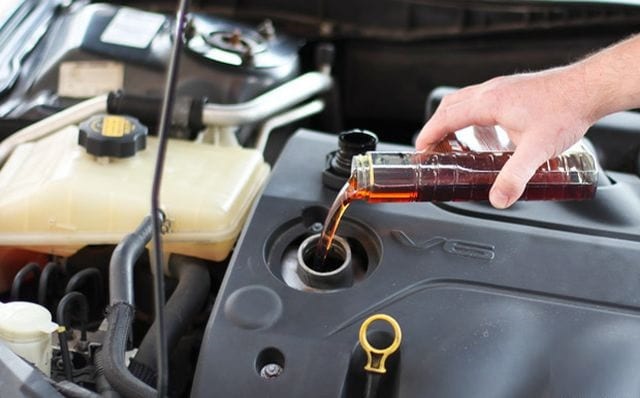
Good or bad: automotive additives
Content
Many people know the feeling when you stand in front of the multi-colored shelves in the pharmacy and start frantically looking for what else to buy, except for the packaging with adhesive tape for which you came.
Most drivers feel the same way when faced with endless lines of car additives and "boosters." For fuel, oil, gearbox and other items: there are thousands of different proposals today, each of which insist that it will make your car faster, more economical and more durable. Unfortunately, advertisements differ from facts.
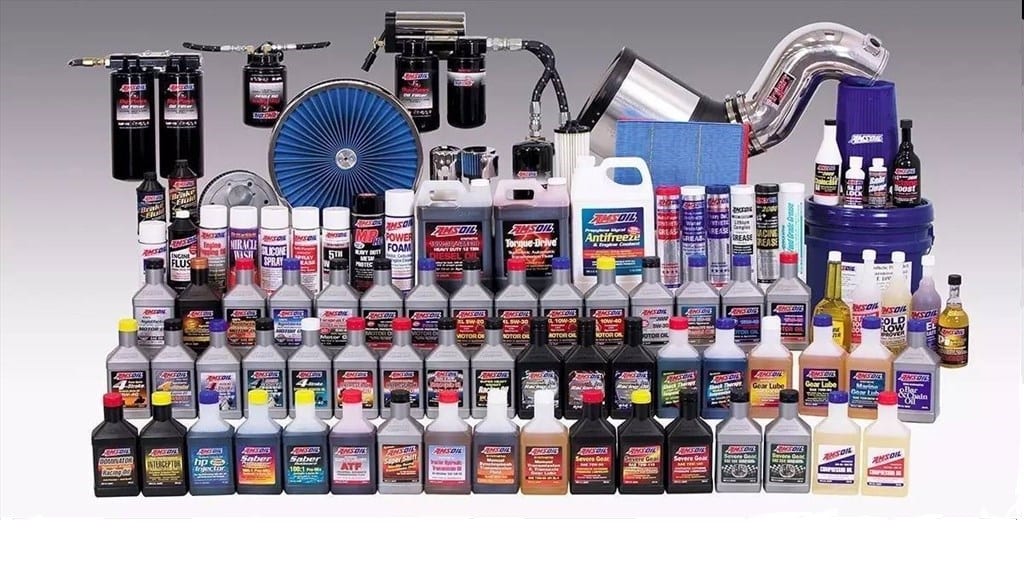
Let's take a look at which remedies actually benefit the car and under what circumstances. Or is it just a way to part with your money.
For gasoline engines
The first category in which various additives are actively advertised is gasoline powertrains.
Octane Correctors
These are preparations that most often contain iron oxide or manganese compounds. Their goal is to increase the octane number of gasoline. If you frequently travel around the country and refuel at unknown gas stations, it is a good idea to have a bottle of this substance.
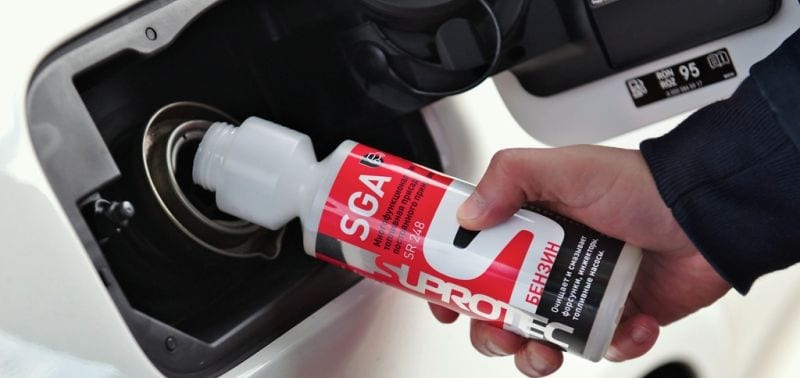
With poor gasoline, this will save the engine from detonation and other unpleasant consequences of poor-quality fuel. But it is impractical to use it regularly, because the octane corrector forms a reddish deposit of iron compounds on the spark plugs, which impairs the spark supply.
Cleaning additives
Cleaning or detergent additives remove scale, excess resin and other contaminants in the fuel line. There is no need to keep them in the trunk all the time, but you can use them for preventive purposes. Although some experts advise you to be careful with them if you drive mainly in the city.
Dehumidifiers
Their goal is to remove water from the fuel, which can get into it in various ways - from high humidity to greedy, unscrupulous tankers. Water entering the combustion chamber is harmful to the engine, and in winter it can even lead to freezing of the fuel line.
The effect of dehumidifiers is moderate, but they still have some benefit - especially in preparation for the winter season. On the other hand, don't overdo it because they leave scale in the combustion chamber.
Universal additives
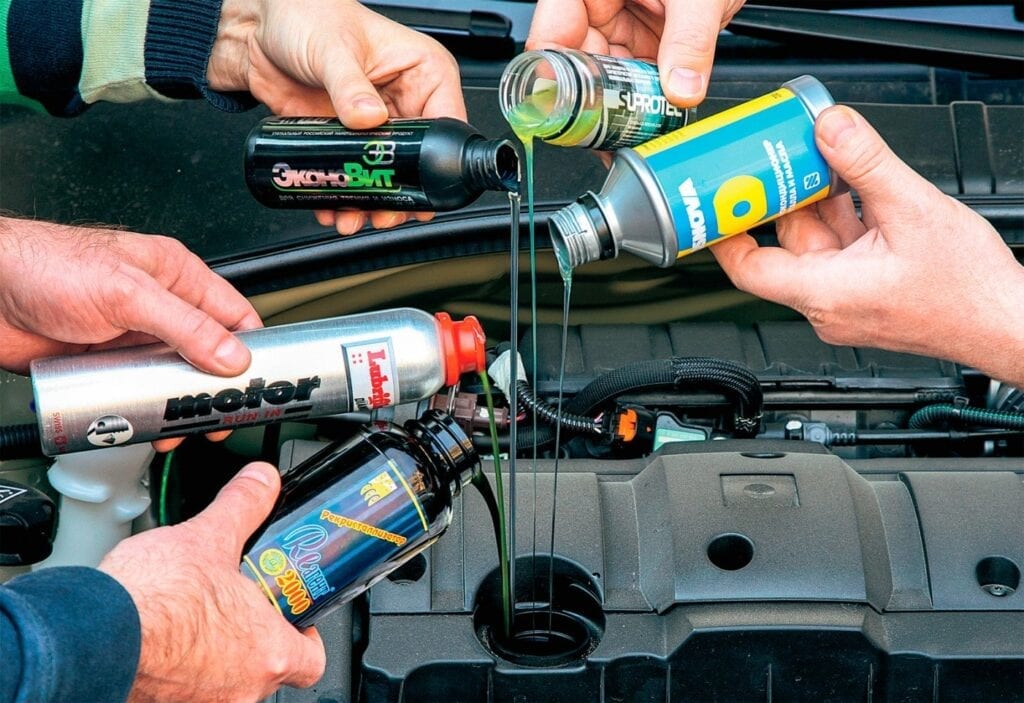
According to manufacturers, such funds have several different effects at once. But often this is not as effective as if the car owner used any one tool. Their main function is to reassure the owner that he has taken care of his car, which does not always correspond to reality.
For diesel engines
Diesel engines are the second category in which additives are used.
Cetane correctors
By analogy with octane correctors in gasoline, they increase the cetane number of diesel - which changes its ability to ignite. There is a benefit from them after refueling at a dubious station. It is not uncommon for low-quality fuel to come across even at well-known gas stations. Judge for yourself how reliable they are.
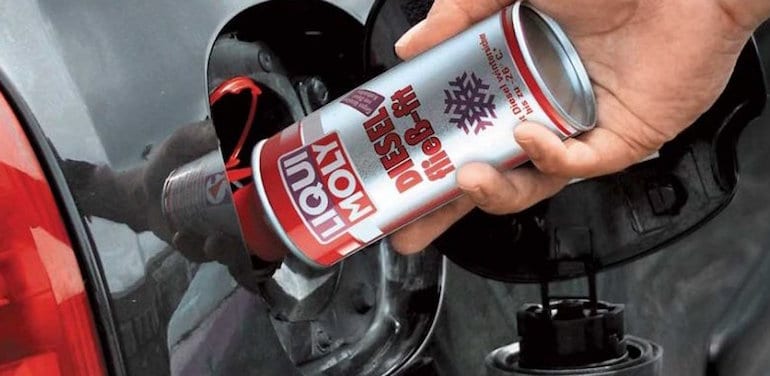
Lubricating additives
They are suitable for the oldest diesel engines designed to run on high sulfur gasoline. Such engines have long been discontinued for environmental reasons. You will most likely need help using these older engines with additional lubricants.
Antigeli
They improve the properties of diesel at low temperatures, that is, they prevent it from turning into jelly. In general, in winter, fuel producers must add them themselves. A curious and revealing fact: Toyota is installing factory fuel heating systems on its diesel engines, such as the Hilux, for only five European markets: Sweden, Norway, Finland, Iceland and Bulgaria.
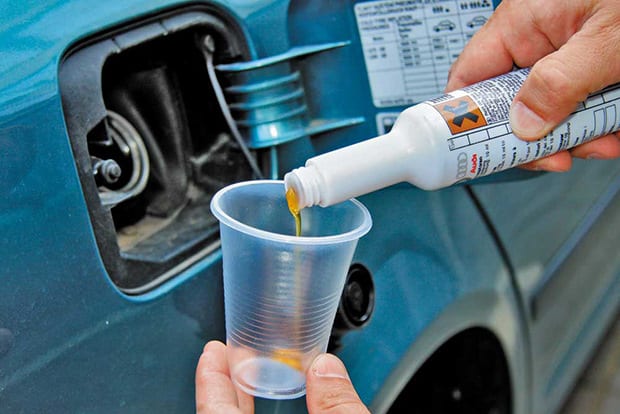
Experts recommend pouring antigels before refueling so that they mix well with the fuel.
Dehumidifiers
They work on the same principle as for gasoline engines. In fact, in many cases even their formula is the same. They are used prophylactically, but you should not be zealous with them.
For oil
There are also special additives that affect the characteristics of lubricants of different units and mechanisms.
Flushing the engine
These flushing additives, called "five minutes" by the artisans, are poured into the oil prior to an oil change, leaving the engine idling for five minutes. Then the entire contents of the sump are poured out, and new oil is poured without additional cleaning of the motor. The idea is to remove soot and dirt from the engine. They have both admirers and enemies of such substances.
Anti-leakage additive
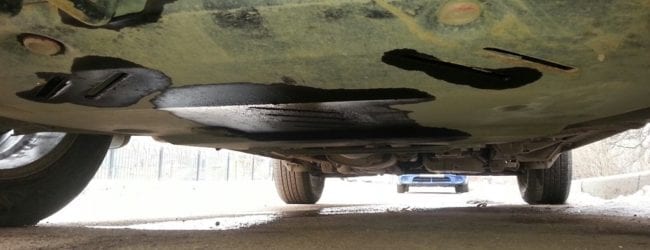
Frequent contact with hot oil causes seals and gaskets to shrink and harden, resulting in leaks. Anti-leakage additives, called Stop-Leak, try to "soften" the seals again to seal the joints more effectively.
But this tool is only for extreme cases - it does not replace repairs, but only slightly delays them (for example, an emergency breakdown on the road). And sometimes it is able to "soften" gaskets to such an extent that the leak turns into a stream.
Revitalizers
Their purpose is to restore worn metal surfaces, which increases compression, reduces oil consumption and increases engine life. Their real function is to delay inevitable engine repairs. And most often - to prepare the car for resale. Better not to experiment with them.
For cooling system
The cooling system is another unit in which emergency repairs may be required.
Sealants
Their function is to prevent radiator leaks. They are powerless if they leak from the pipes. But filling small cracks in the radiator will do a decent job.
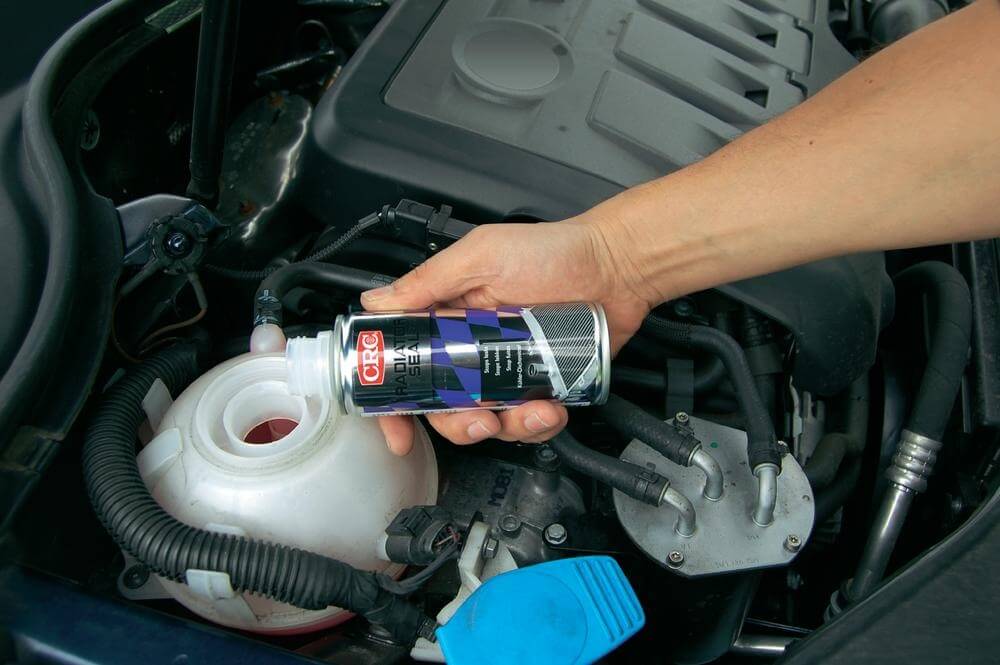
However, they are not recommended for prophylaxis because liquid sealants can clog the delicate channels of modern radiators. If a leak occurs, a sealant can be used to save the situation. However, the radiator still needs to be replaced with a new one as soon as possible and the entire cooling system must be cleaned of the residues of the product.
Flushing additives
They are often used before replacing antifreeze. They are poured into an expander, the machine runs for 10 minutes, then the old coolant is drained and new antifreeze is poured. Not all experts are convinced of the need for such a procedure.
Some recommend flushing the system with distilled water again after flushing to remove any deposits that the detergent may have removed.
For transmission
In the case of transmissions, some motorists also have the idea of using additives. Here are some of them.
Antifriction additives
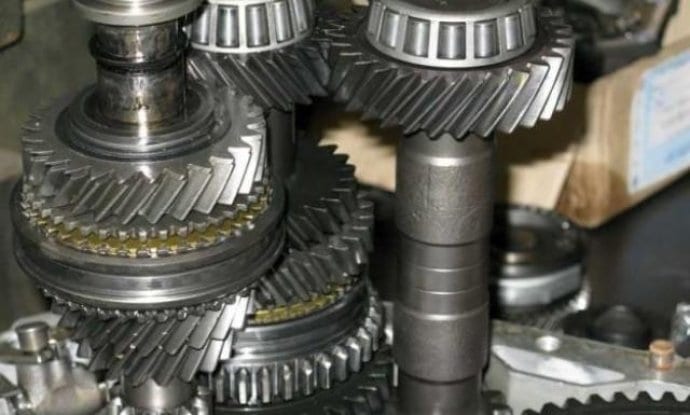
They are designed to prevent wear and tear on gearbox components. According to experts, they act like placebos, affecting mainly the psyche of the car owner. This is because standard gear oil contains everything you need to reduce friction.
Anti-leakage additives
If the transmission begins to lose oil due to worn gaskets and seals, this preparation may temporarily postpone repairs.
Flushing additives
If the transmission is automatic or CVT, the oil in it must be changed after no more than 60 km. If this regulation is observed, there is no need for additional flushing.
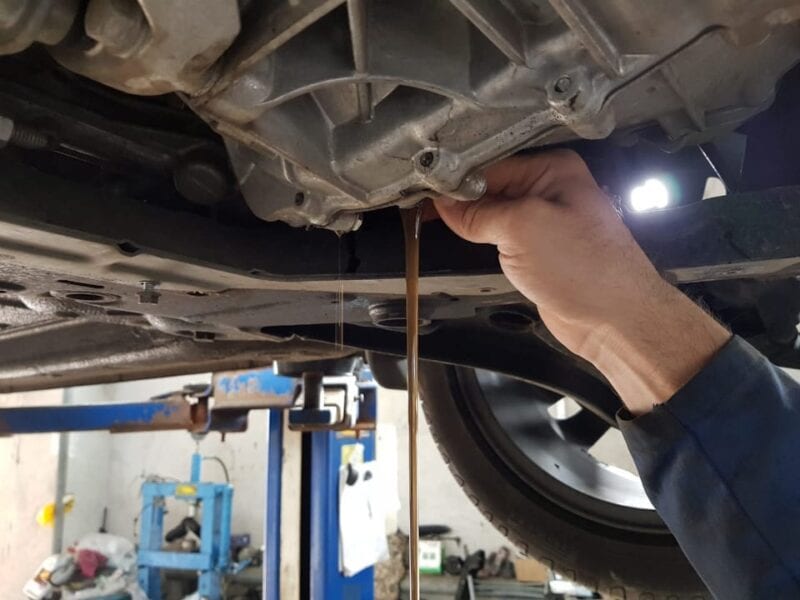
And it is questionable whether the benefits outweigh the harm. Yes, flushing will reduce the amount of contaminants circulating in the system, threatening the solenoids and pressure relief valve.
Revitalizers
The same as for the engine: these are nano-additives, the creators of which promise a magic ceramic layer on the parts in the gearbox to protect them from everything. Nevertheless, you can ask the creators of the box in question how long the bearings will live in it if they are overgrown with ceramics.
For power steering
Here the additives are very close to analogs for automatic transmissions, but more often they are exactly the same. There are basically two types of substances: leakage protection and revitalization. Both are ineffective. If the seals are leaking, "softening" the rubber seal is unlikely to save the situation. And revitalizants simply circulate in the system to no avail.
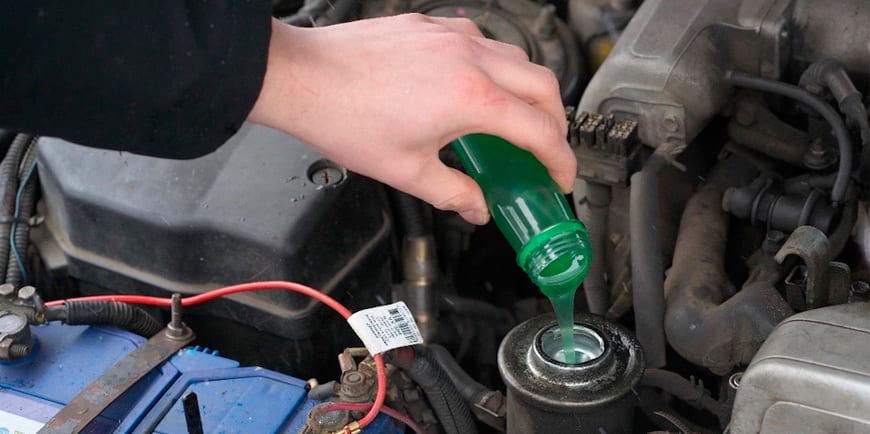
Hack and predictor Aviator
The additive manufacturing business has not yet reached the braking system. But it's only a matter of time before the "brake booster" appears. The truth is that the vast majority of funds on the market are not vital. This opinion is supported by experts from the respected Russian publication Za Rulem.
Only octane stabilizers, antigels and moisture traps have a real effect on the fuel. But they should also be used only when necessary, and not as "amplifiers" for the normal operation of the car. Otherwise, it’s better to save money and invest in proper maintenance.